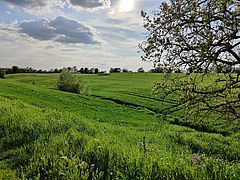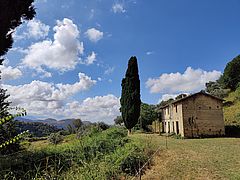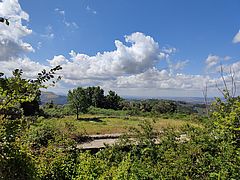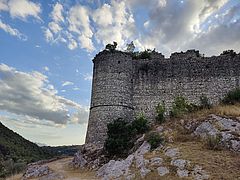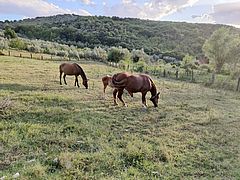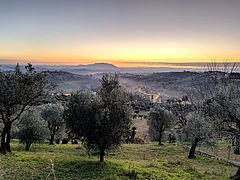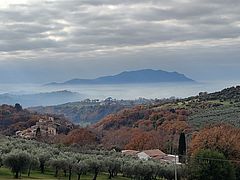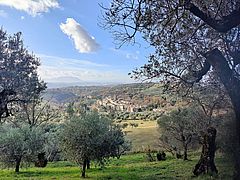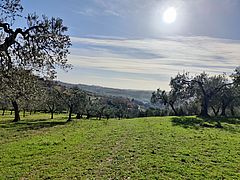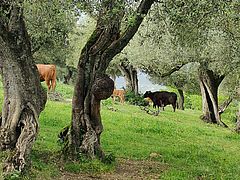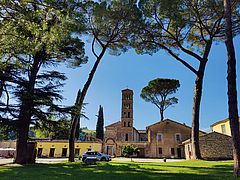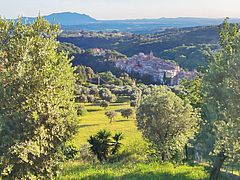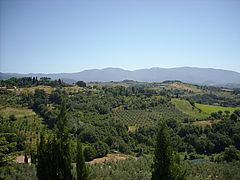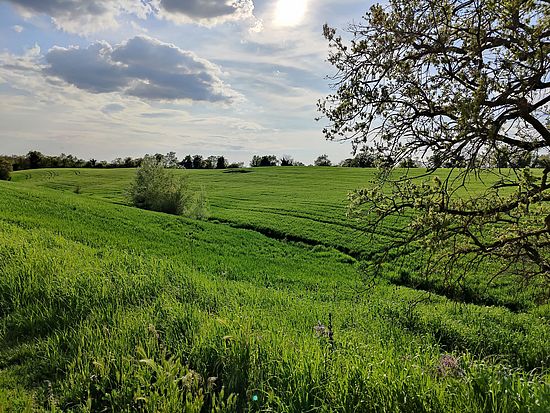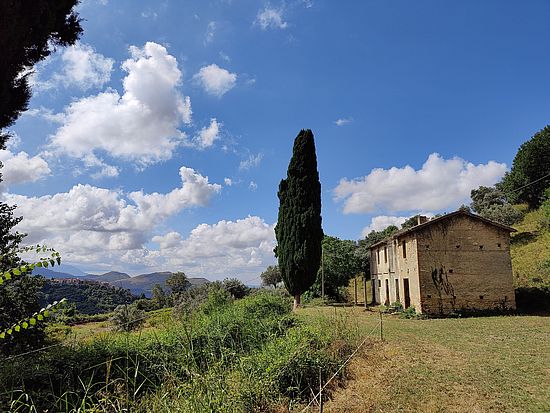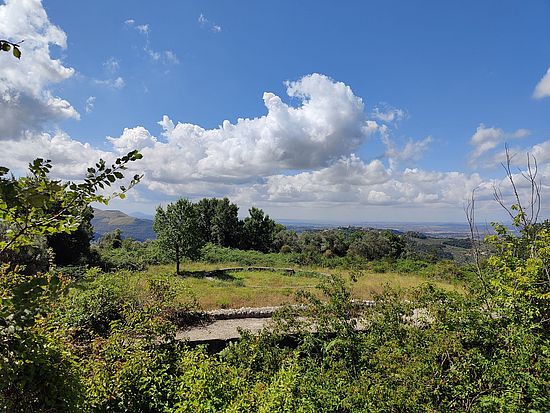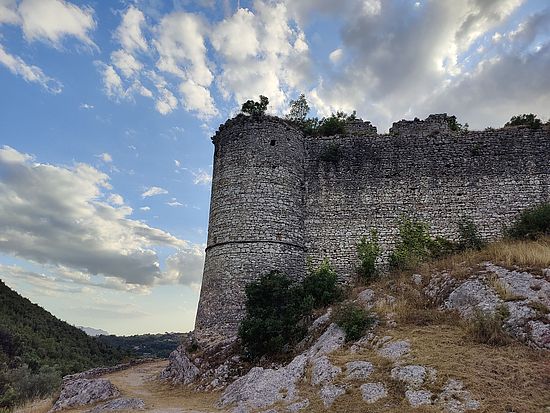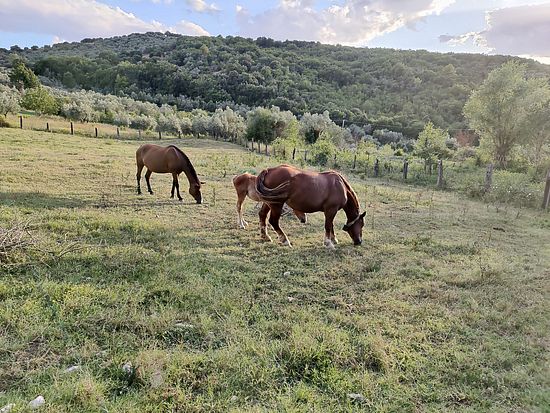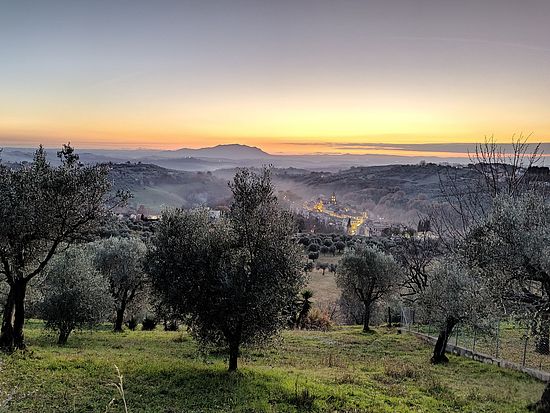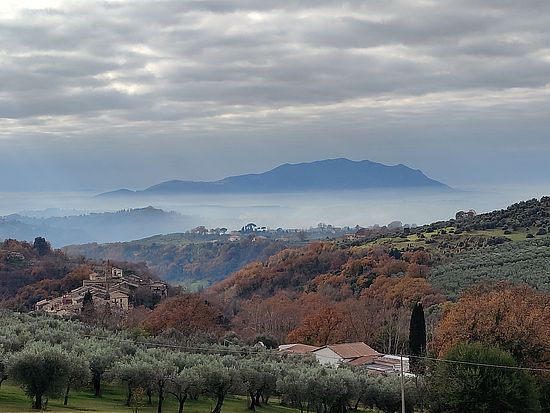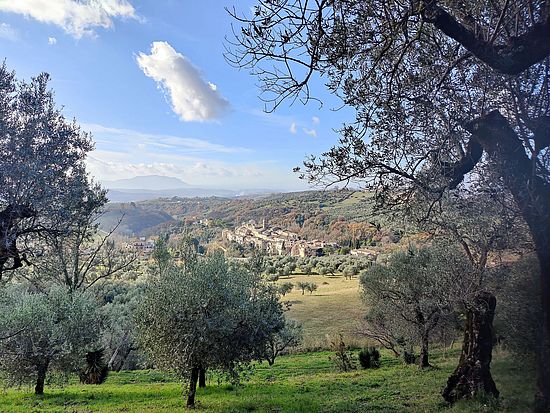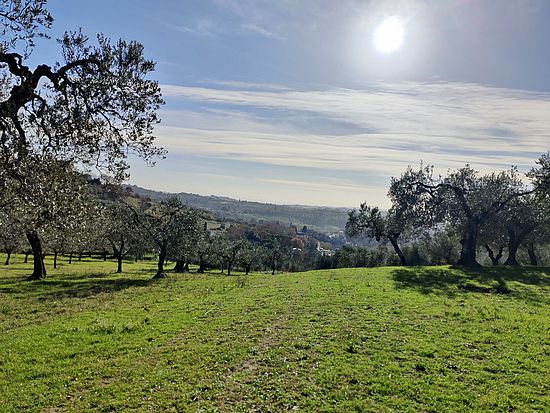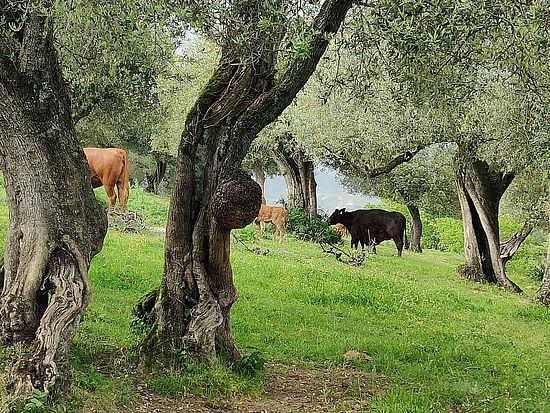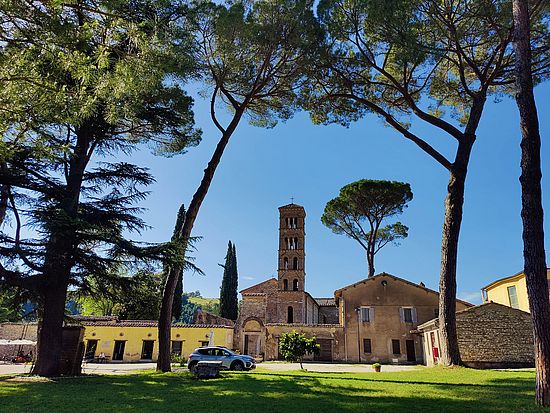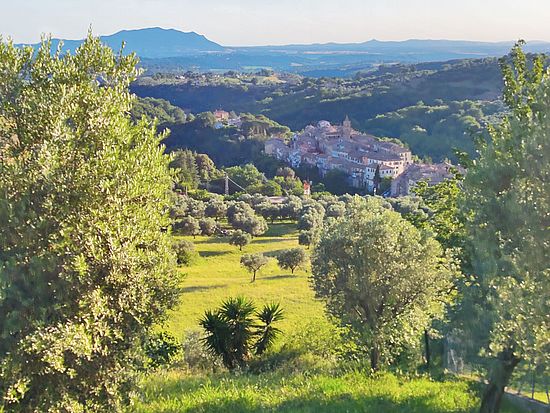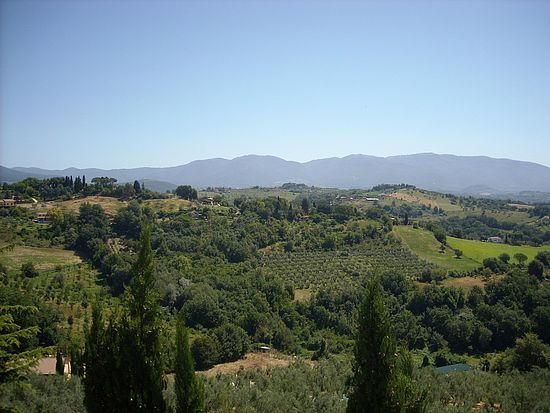
Sabina Tiberina
History of the Villa and Region
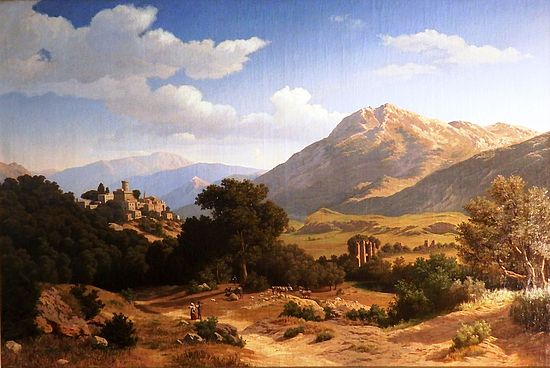
The Villa dei Casoni, also known as the Villa of Terentius Varro, is situated near the frazione di Bocchignano within the territory of the comune of Montopoli di Sabina, approximately 50 km northeast of Rome. The site lies in a strategic position overlooking the Tiber Valley and the Farfa River, a landscape that has been continuously occupied since at least the Iron Age. Archaeological and historical evidence suggests that a pre-Roman settlement may have existed on the site before the construction of the villa, as the Sabina was home to a dense network of indigenous communities long before Roman expansion.
The Sabines, an Italic people closely linked to Rome’s early history, inhabited this region for centuries before their gradual incorporation into the Roman state. The Sabina was known for its fertile valleys, rolling hills, and abundant water sources, making it an ideal setting for agriculture and pastoralism. By the late Republic and early Empire, Roman elites had begun establishing large estates (villae rusticae) across the region, taking advantage of its natural resources to supply Rome with grain, olive oil, and livestock.
Villa dei Casoni, likely built in the late Republic or early Empire, exemplifies the Roman rural villa model—a hybrid of agricultural production center and elite residence. The villa’s architecture, featuring opus reticulatum masonry, mosaics, and painted wall decorations, suggests a period of prosperity, likely tied to the estate’s role in commercial agriculture. The presence of large cisterns and water management infrastructure indicates the importance of irrigation and storage systems in sustaining production.
However, by the second century CE, the estate, like many others in the region, experienced significant transformations. The decline of certain agricultural sectors, possibly linked to climate fluctuations and shifting economic priorities, led to a restructuring of land use. Villas across the Sabina and central Italy increasingly shifted from grain and oil production toward viticulture and pastoralism, reflecting broader trends in the Roman economy. Some estates were abandoned or repurposed, while others continued to function in reduced or altered capacities. By the late second century CE, Villa dei Casoni appears to have declined and was eventually abandoned, though the surrounding landscape remained in use for centuries.
